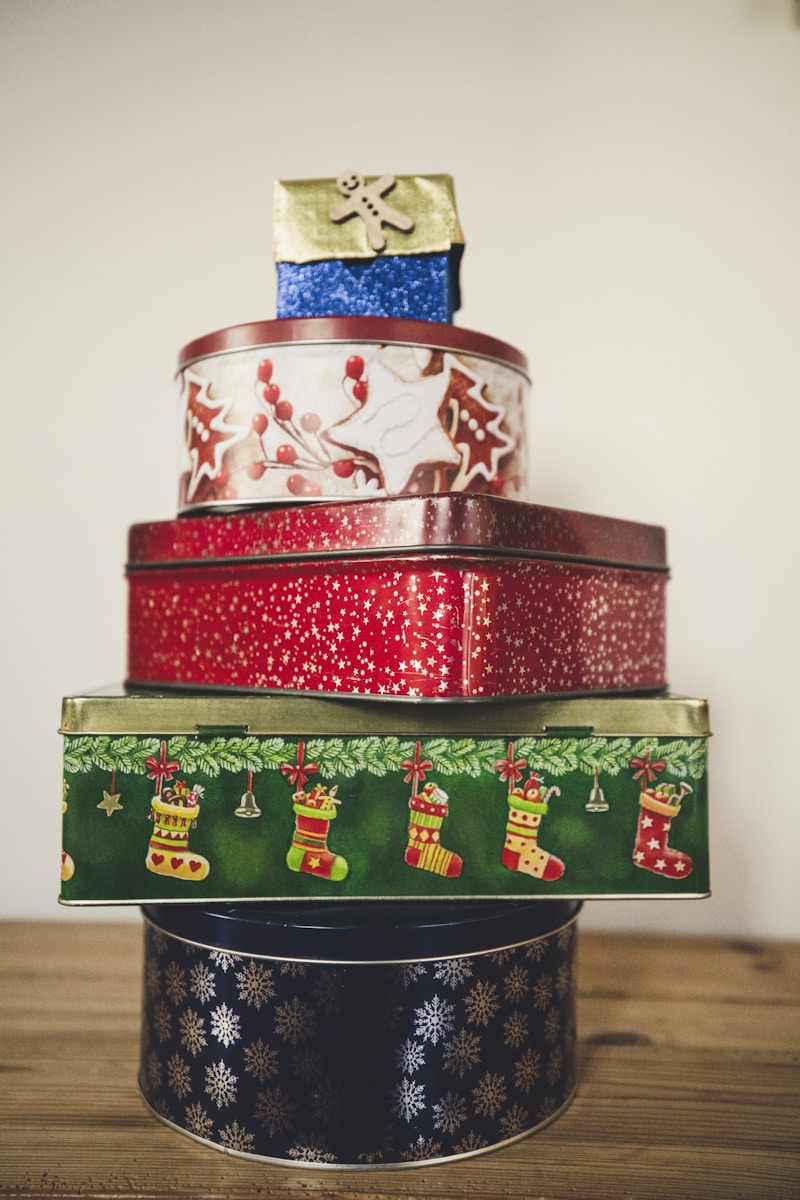Mastering Delicate Cake Designs: A Sweet Journey into Artistry
Understanding Delicate Cake Designs
Delicate cake designs have become an essential aspect of modern baking, capturing the attention of cake enthusiasts and event planners alike. Whether it's for weddings, birthdays, or corporate events, the allure of beautifully crafted cakes is undeniable. In this article, we’ll delve deep into the world of delicate cake designs, exploring techniques, materials, and inspirational ideas to elevate your baking skills.
The Art of Cake Design
Cake design is much more than simply stacking layers and coating them in frosting. It involves creativity, precision, and an understanding of various techniques. Delicate cake designs often feature intricate patterns, delicate flowers, and elegant structures that make one’s mouth water at the mere sight. This art form requires dedication and patience but yields impressive results.
Basic Techniques for Creating Delicate Cake Designs
To achieve delicate cake designs, you must master various techniques. Here are some fundamental methods:
- Fondant Work: Fondant is a popular choice for achieving smooth and polished cake surfaces. It can be rolled out and shaped into various designs, including intricate flower decorations.
- Piping Techniques: Mastering piping techniques with royal icing can create stunning lace-like designs and embroidered effects on the cake's surface.
- 2D and 3D Decorations: Using edible wafer paper, chocolate, or modeling paste, bakers can create delicate 2D and 3D decorations that bring the cake to life.
| Technique | Description | Tools Required |
| Fondant Work | Creating smooth surfaces and decorations. | Rolling pin, fondant tools. |
| Piping Techniques | Applying icing using bags for detailed designs. | Piping bags, various nozzles. |
| 2D and 3D Decorations | Crafting designs that pop off the cake. | Wafer paper, edible glue, molds. |
Popular Trends in Delicate Cake Designs
As the world of cake decorating evolves, certain trends rise to prominence. Here are some popular trends to keep your cakes fresh and appealing:
- Watercolor Cakes: This trend utilizes a soft gradient of colors, giving cakes a dreamy and ethereal appearance.
- Metallic Accents: Gold and silver leaf are often used to add luxury and texture to otherwise simple designs.
- Floral Embellishments: Fresh or sugar flowers are key components of delicate cake designs, providing both beauty and elegance.

Choosing the Right Ingredients
The ingredients you select can significantly impact the aesthetics and flavor of your delicate cake designs. Here are some tips on choosing the right components:
- High-Quality Flour: Opt for cake flour for a lighter texture that complements delicate designs.
- Butter vs. Margarine: Use real butter for richer flavor and better texture when frosting or decorating your cakes.
- Gel Food Colors: When coloring cake batter or frosting, gel food colors provide vibrant hues without altering the consistency.
Planning Your Cake Design
Before you start baking, it’s essential to plan your design. Here are several steps to consider:
- Theme and Occasion: Understand the event for which the cake is being prepared and select a design that aligns with the theme.
- Sketch Your Design: Create a rough sketch or blueprint that outlines your ideas and components for the cake.
- Color Palette: Choose a complementary color palette that enhances the elegance of your delicate cake design.
Tips for Perfecting Delicate Cake Designs
Polls and surveys show that many bakers struggle with creating delicate cake designs. Here are some expert tips to simplify the process:
- Practice Makes Perfect: Dedicate time to practice your techniques, whether it's making flowers or mastering fondant.
- Don’t Rush: Take your time with every step, from baking to decorating; it’s better to create a stunning cake than to rush and be unsatisfied with the results.
- Use the Right Tools: Invest in quality baking tools, as the right tools can make a significant difference in your designs.
Showcasing Your Work
Once you’ve created your magnificent delicately designed cake, the next step is showcasing your work! Here are some methods to consider:
- Photography: Capture high-quality images of your cake from various angles. Natural lighting can significantly enhance the visual appeal.
- Social Media: Share your designs on platforms like Instagram, Pinterest, and Facebook to gain visibility and recognition.
- Engage with Others: Join baking and cake decorating communities online to share ideas and gain feedback on your work.
Frequently Asked Questions About Delicate Cake Designs
As you explore deeper into delicate cake designs, you might have some questions. Here are a few common queries:
- How do I preserve my delicate cake designs? Ensure you store your cake in a cool environment, preferably in a cake box, to prevent damage.
- What are some common mistakes to avoid? Avoid overworking fondant and using too much liquid in your icing; both can ruin your delicate designs.
- Can I use fresh flowers on my cake? Absolutely! Just ensure they are edible and pesticide-free to maintain safety.
Conclusion and Recommendations
Delicate cake designs are a captivating expression of culinary art. By mastering techniques and embracing creativity, you can enhance your baking skills and impress your audience. Remember to choose the right ingredients, plan your designs meticulously, and practice your techniques consistently.
As you venture into the world of delicate cake designs, always prioritize quality, patience, and continuous learning. Follow baking blogs, attend workshops, and engage with fellow decorators. Ultimately, the cake you create isn’t just a dessert; it’s a masterpiece waiting to be shared and celebrated.
So, roll up your sleeves, gather your tools, and start your journey toward crafting exquisite delicate cake designs that become the centerpiece of any occasion.